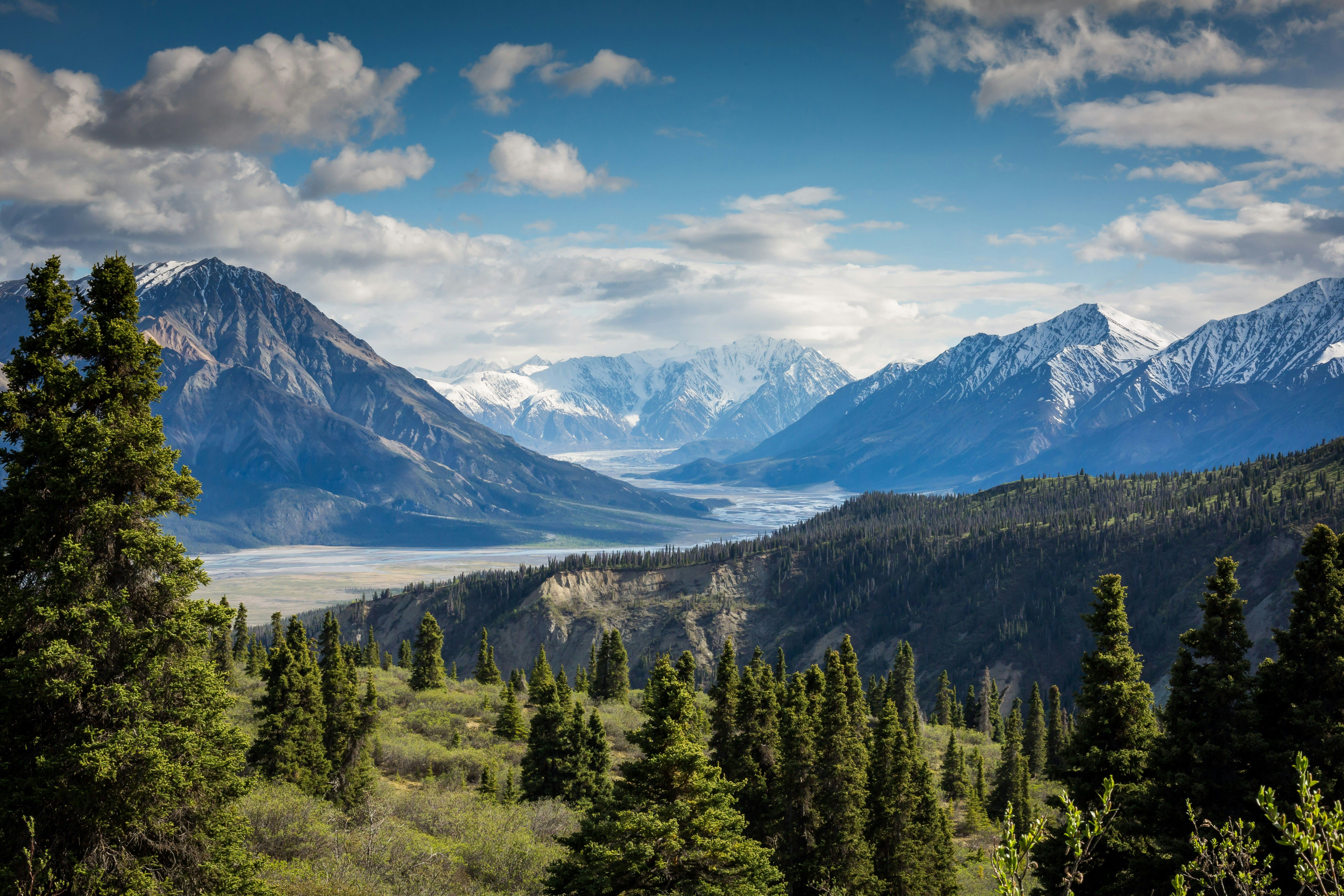Glacier shatters: Examination of the fragmentation process and anticipated consequences for additional ice masses.
Switzerland Witnesses Devastating Glacier Collapse
In the picturesque village of Blatten, Switzerland, a glacier collapse has left the community in ruins. The disaster occurred after decades of monitoring and was precipitated by a series of geological and climatic factors.
The collapse began when three million cubic meters of rock slid onto the Birch glacier, weighing a hefty nine million tons. This sudden weight exerted pressure on the glacier, causing it to bulge at the glacier's snout, much like a block of butter on a slope.
Subsequently, part of the glacier broke off and plummeted down onto the village, along with most of the rock. The cause of this catastrophic event is still under investigation, with potential triggers such as the melting of permafrost and the accumulation of meltwater in rocks.
Such events do not happen suddenly and are likely the result of a decades-long process, initially driven by weathering and cracks in the rock. While the specific factors leading to this disaster remain unclear, Jens Turowski, geomorphologist at GFZ Helmholtz Centre for Geosciences, states that climate change was a contributing factor.
Climate change likely hastened the glacier's retreat, as glaciers in Switzerland have been thinning and shrinking at an unprecedented rate over the past few years. Additionally, the thawing of permafrost due to rising temperatures and increased water infiltration at the base of glaciers also played a role in the rock instability above Blatten.
The question now is whether such events will become more frequent in the future due to climate change. While it is difficult to predict with certainty, Turowski suggests that in high-altitude areas where conditions become favorable due to climate change, landslides may increase in frequency. However, further research is needed to substantiate this claim.
The situation in Blatten is complex, and potential solutions such as digging relief channels or pumping out water require careful consideration. The material is soft and cannot support heavy machinery, and further landslides cannot be ruled out. Therefore, swift yet deliberate action must be taken to address the crisis and protect nearby communities.
The collapse of the Birch glacier in Blatten, Switzerland, was likely influenced by climate change, as rising temperatures have been causing glaciers to retreat and permafrost to thaw at an unprecedented rate. This retreat weakens the stability of glaciers, making them more susceptible to environmental-science factors like water infiltration at their base.
In the realm of science and health-and-wellness, the potential consequences of increased landslides due to climate change are serious, as communities and infrastructure could be put at risk. As such, the investigation into the factors that led to the glacier collapse in Blatten is crucial for understanding the impact of climate change on medical-conditions related to geological disasters.
Given the complex nature of the situation, it's imperative that the affected area takes swift yet careful action to protect nearby communities. This could involve strategies like digging relief channels or pumping out water, but careful consideration must be given to the soft nature of the material and the possibility of further landslides.




